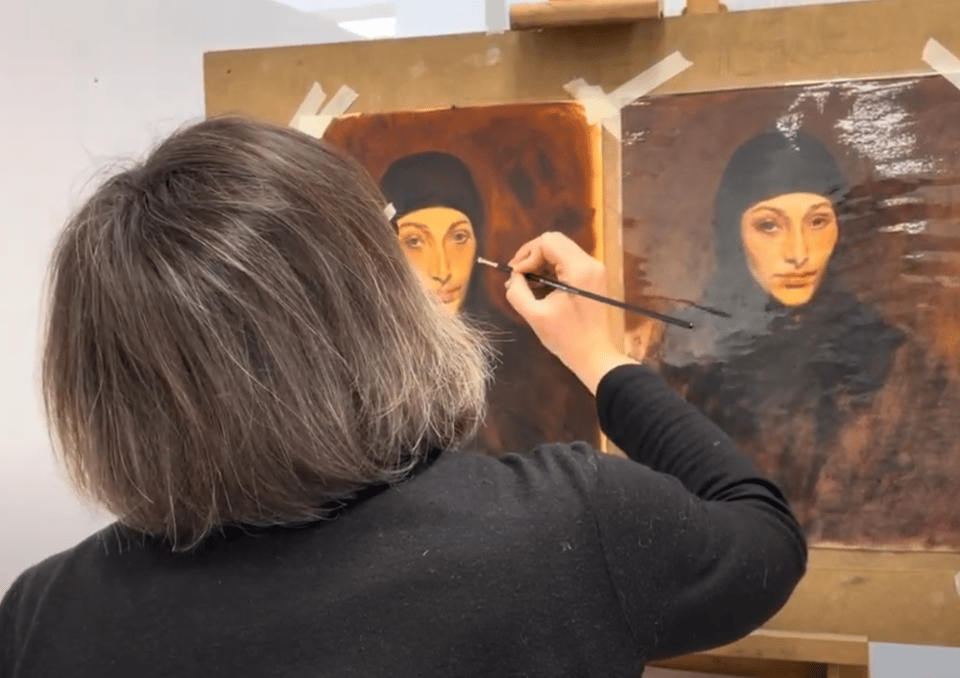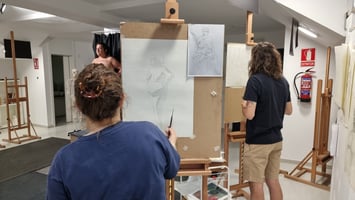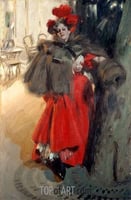Art academies are a great way for aspiring artists to learn their craft and hone their skills. From...
Mastering Renaissance Painting Techniques

Embark on a journey to unlock the secrets of the masters and bring the beauty of Renaissance art into your own creations.
Exploring the Historical Context of Renaissance Art
The Renaissance period, a time of cultural rebirth from the 14th to the 17th century, marked a pivotal moment in the history of art. This era witnessed a renewed interest in the classical art and philosophy of Ancient Greece and Rome. Artists began to focus on humanism, the importance of the individual, and the natural world, leading to more lifelike and emotionally resonant works than had been seen in the Middle Ages.
During this time, art became a means of exploring and expressing new ideas and perspectives. The workshop system, where master artists would train apprentices in their techniques and styles, contributed to the dissemination of artistic skills and the continuity of aesthetic values. The patronage of the church and wealthy individuals fueled the creation of art that celebrated religious themes, portraiture, and the grandeur of the natural landscape.
Breaking Down the Chiaroscuro Technique
Chiaroscuro, from the Italian 'chiaro' meaning light, and 'oscuro' meaning dark, is a technique used to create a dramatic contrast between light and shadow in painting. It enhances the three-dimensionality of the subject, giving a sense of volume and form. This technique was mastered by artists such as Caravaggio, who used it to bring an intense drama and emotional depth to his works.
By carefully adjusting the light source and manipulating the gradation of tones, Renaissance artists could suggest the curvature of surfaces and the texture of materials. Chiaroscuro became a fundamental tool in the depiction of the human anatomy, drapery, and other intricate details that required a nuanced approach to light and shade.
Understanding the Role of Perspective in Renaissance Paintings
Perspective was a revolutionary development in Renaissance art, reflecting the period's emphasis on realism and scientific inquiry. Linear perspective, with its use of a vanishing point, allowed artists to create the illusion of depth and space on a flat canvas. It gave them a reliable method to represent three-dimensional objects in two dimensions accurately.
The discovery and application of perspective principles, particularly by Filippo Brunelleschi and later by Leon Battista Alberti, provided a mathematical approach to constructing space in art. This technique helped create immersive and realistic scenes, guiding the viewer's eye into the painting's narrative.
Rediscovering the Art of Fresco in the Renaissance Era
Fresco, a method of painting on freshly laid lime plaster with water-based pigments, experienced a resurgence during the Renaissance. This technique, which dates back to antiquity, requires a mastery of speed and precision as the artist must work quickly before the plaster dries. Frescoes were an ideal medium for large-scale narratives, often found in churches and public buildings, as seen in the works of Michelangelo in the Sistine Chapel.
The Renaissance fresco technique involved a meticulous process of applying multiple layers of plaster and painting while the surface was still wet. The result was a durable and vibrant artwork that became an integral part of the building's architecture. The frescoes of the era are celebrated for their grandeur and the ability to withstand the test of time.
Learning from the Masters: Techniques of Leonardo, Michelangelo, and Raphael
The Renaissance was defined by the genius of many artists, but perhaps none more so than Leonardo da Vinci, Michelangelo Buonarroti, and Raphael Sanzio. Each master brought their unique approaches to painting, influencing the development of techniques that are still admired today. Leonardo's sfumato, a technique of soft, gradual transitions between tones, gave a smoky effect and an ethereal quality to his works.
Michelangelo's sculptural approach to painting, characterized by his muscular figures and dynamic compositions, demonstrated his deep understanding of the human body. Raphael, known for his clarity of form and harmonious compositions, mastered the use of color and delicate gradations to achieve a serene beauty in his paintings. Studying the works of these masters offers invaluable insights into the techniques that defined Renaissance art.




